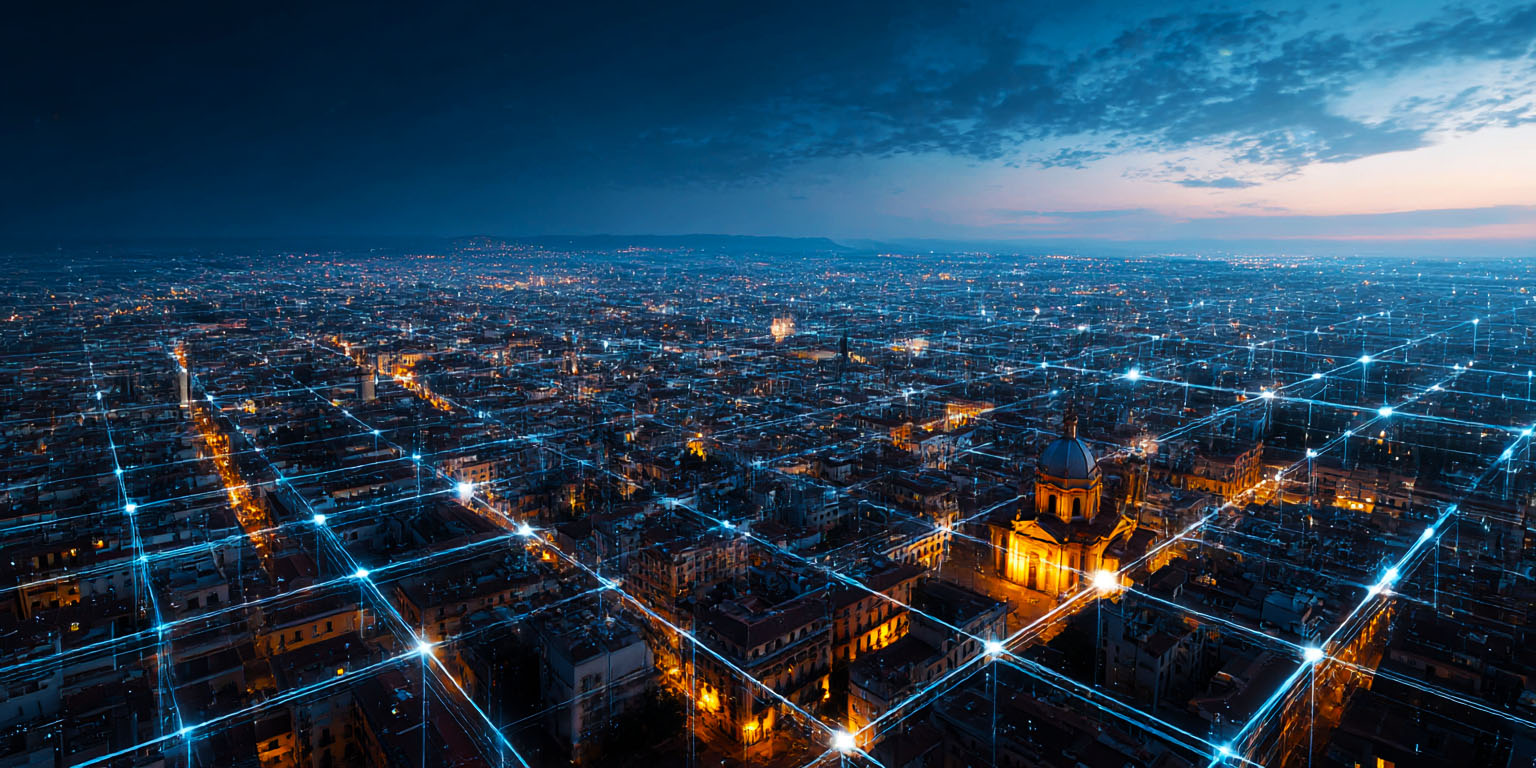Tragedy of the Commons

The open source sustainability crisis refers to the fact that many of the foundational open source applications on which all of us depend are maintained by small teams of volunteers in their spare time. Since the DPGs are also open source, do we run the risk of facing a similar challenge as we build DPI solutions using them?









